-

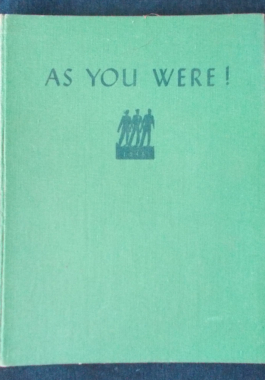 A Cavalcade of Events with The Australian Services from 1788 to 1946. Articles and notes; art and jokes; poetry and cartoons... from the servicemen - and even some of the women - who were there. This is no dry history of battles and dates - it's a memorial to all those fallen in war. Just some of the items in this volume: The Blood-bath at Cowra, E.V. Timms; When Sydney Fought A Zeppelin, 'Matelot'; Bless 'Em All, Biddy Moriarty (Australian Red Cross); Stout Hearts That Never Failed, Ion Idriess; A Service Girl In Japan, A.J. Poppins; and much more, together with art and photographs in black and white and colour - and of course, some typical Australian irreverent cartoons.
A Cavalcade of Events with The Australian Services from 1788 to 1946. Articles and notes; art and jokes; poetry and cartoons... from the servicemen - and even some of the women - who were there. This is no dry history of battles and dates - it's a memorial to all those fallen in war. Just some of the items in this volume: The Blood-bath at Cowra, E.V. Timms; When Sydney Fought A Zeppelin, 'Matelot'; Bless 'Em All, Biddy Moriarty (Australian Red Cross); Stout Hearts That Never Failed, Ion Idriess; A Service Girl In Japan, A.J. Poppins; and much more, together with art and photographs in black and white and colour - and of course, some typical Australian irreverent cartoons. -

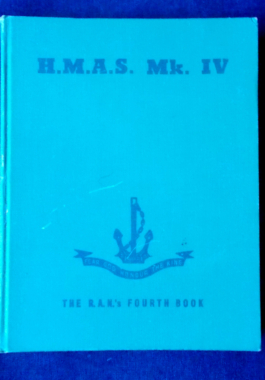 Published in 1945, this volume is literally by the men serving in the last days of World War II. Together, these articles, sketches, cartoons, poems and photographs are their story - not the story of the war, but a record of what they saw, felt and experienced. There's a humorous treatise on the Cockroach; an article on the first W.R.A.N.s to receive their sea training; and from an article simply entitled Tahiti by 'A.S.' : After dancing for a while I suggested a walk along the beach and the girls being agreeable were were soon settled down on the sands under the palms. Here is what I saw and felt. The moon shining through the palm fronds on the sand, while farther out the blue Pacific was breaking over the reefs, the moonlight making this appear like a lot of silvery cascades...my young lady's hair was lovely, and long enough to reach down and encircLe our waists, binding us together...I had read of scene such as these, but doubted them...Now I knew and felt...happy and contented and prepared to fall in love." One hopes that 'A.S. made his way home to Australia.
Published in 1945, this volume is literally by the men serving in the last days of World War II. Together, these articles, sketches, cartoons, poems and photographs are their story - not the story of the war, but a record of what they saw, felt and experienced. There's a humorous treatise on the Cockroach; an article on the first W.R.A.N.s to receive their sea training; and from an article simply entitled Tahiti by 'A.S.' : After dancing for a while I suggested a walk along the beach and the girls being agreeable were were soon settled down on the sands under the palms. Here is what I saw and felt. The moon shining through the palm fronds on the sand, while farther out the blue Pacific was breaking over the reefs, the moonlight making this appear like a lot of silvery cascades...my young lady's hair was lovely, and long enough to reach down and encircLe our waists, binding us together...I had read of scene such as these, but doubted them...Now I knew and felt...happy and contented and prepared to fall in love." One hopes that 'A.S. made his way home to Australia. -

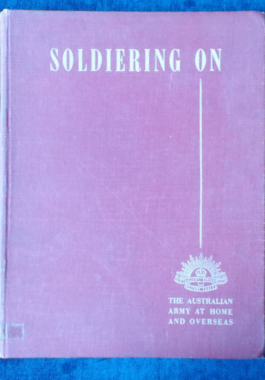 The Australian Army at Home and Overseas, by Some of the Boys and published by the Australian War Memorial, Canberra, 1942. Chapters include: Star Over Bethlehem; Diggers in Britain; Midnight Messiah; Purple's Pup; Arab Justice; Digger v. Doughboy and so much more. Our boys' impressions of Christmas in a cold climate and local customs as well as the American servicemen and women here in Australia. The colour plates, interestingly, are pasted in. Tales, jokes, sketches, cartoons and on-the-spot experiences a-plenty. Illustrated in colour and black and white. A treasure mine of information.
The Australian Army at Home and Overseas, by Some of the Boys and published by the Australian War Memorial, Canberra, 1942. Chapters include: Star Over Bethlehem; Diggers in Britain; Midnight Messiah; Purple's Pup; Arab Justice; Digger v. Doughboy and so much more. Our boys' impressions of Christmas in a cold climate and local customs as well as the American servicemen and women here in Australia. The colour plates, interestingly, are pasted in. Tales, jokes, sketches, cartoons and on-the-spot experiences a-plenty. Illustrated in colour and black and white. A treasure mine of information. -
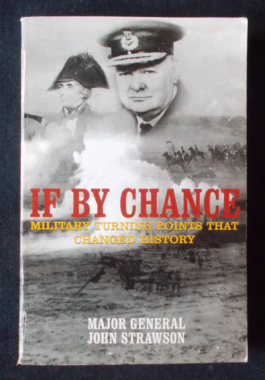 Could Napoleon have won the battle of Waterloo? And what would have happened if he had? Or suppose Nelson had not destroyed the French fleet at Aboukir, would Napoleon have conquered India and become Emperor of the East? What if Hitler had not halted his panzer forces before Dunkirk and had entrapped the entire British Expeditionary Force? How would Churchill have then denied the Wehrmacht? If by chance Hitler had been assassinated in 1944 and the German General Staff taken control, would there have been a totally different kind of surrender? In examining these and other contingencies, Major General Strawson brings his experience of command in war and his skill as a military historian to present us with an enthralling catalogue of chance and speculation, while emphasising how profoundly the character of commanders influenced events and how events affected their character.
Could Napoleon have won the battle of Waterloo? And what would have happened if he had? Or suppose Nelson had not destroyed the French fleet at Aboukir, would Napoleon have conquered India and become Emperor of the East? What if Hitler had not halted his panzer forces before Dunkirk and had entrapped the entire British Expeditionary Force? How would Churchill have then denied the Wehrmacht? If by chance Hitler had been assassinated in 1944 and the German General Staff taken control, would there have been a totally different kind of surrender? In examining these and other contingencies, Major General Strawson brings his experience of command in war and his skill as a military historian to present us with an enthralling catalogue of chance and speculation, while emphasising how profoundly the character of commanders influenced events and how events affected their character. -
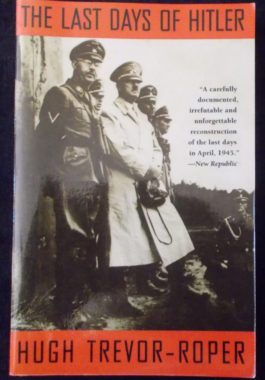 In September 1945, the fate of Hitler was a complete mystery. He had simply disappeared, missing for four months. The author, a British counter-intelligence officer, was given the task of solving this mystery. His brilliant piece of detective work not only proved that Hitler had killed himself in Berlin, but also produced one of the most fascinating history books ever written, telling the extraordinary story of those last days in the Berlin Bunker. Chapters include: Hitler and His Court; Hitler In Defeat; The Court in Defeat; Crisis and Decision; Siege of the Bunker. Et Tu, Brute. The Death of Hitler. Epilogue.
In September 1945, the fate of Hitler was a complete mystery. He had simply disappeared, missing for four months. The author, a British counter-intelligence officer, was given the task of solving this mystery. His brilliant piece of detective work not only proved that Hitler had killed himself in Berlin, but also produced one of the most fascinating history books ever written, telling the extraordinary story of those last days in the Berlin Bunker. Chapters include: Hitler and His Court; Hitler In Defeat; The Court in Defeat; Crisis and Decision; Siege of the Bunker. Et Tu, Brute. The Death of Hitler. Epilogue. -
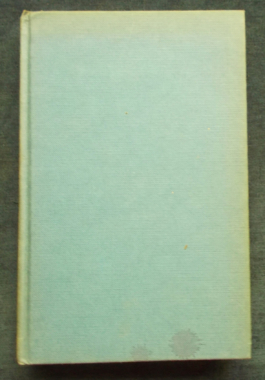
 They were American and British air force officers in a German prison camp. With only their bare hands and the crudest of homemade tools, they sank shafts, forged passports, faked weapons, and tailored German uniforms and civilian clothes. They developed a fantastic security system to protect themselves from German surveillance. It was a split-second operation as delicate and as deadly as a time bomb. It demanded the concentrated devotion and vigilance of more than six hundred men - every one of them, every minute, every hour, every day and night for more than a year. With black and white photographs.
They were American and British air force officers in a German prison camp. With only their bare hands and the crudest of homemade tools, they sank shafts, forged passports, faked weapons, and tailored German uniforms and civilian clothes. They developed a fantastic security system to protect themselves from German surveillance. It was a split-second operation as delicate and as deadly as a time bomb. It demanded the concentrated devotion and vigilance of more than six hundred men - every one of them, every minute, every hour, every day and night for more than a year. With black and white photographs. -
 The story closely follows key events of the Xinhai Revolution, with focus on Huang Xing and Sun Yat-sen. It begins with the Wuchang Uprising of 1911 and follows through historical events such as the Second Guangzhou Uprising on 27 April 1911, the deaths of the 72 martyrs, the election of Sun Yat-sen as the provisional president of the new Provisional Republic of China, the abdication of the last Qing dynasty emperor Puyi on 12 February 1912, and Yuan Shikai becoming the new provisional president in Beijing on 10 March 1912. Also known as Xinhai Revolution and 1911.
The story closely follows key events of the Xinhai Revolution, with focus on Huang Xing and Sun Yat-sen. It begins with the Wuchang Uprising of 1911 and follows through historical events such as the Second Guangzhou Uprising on 27 April 1911, the deaths of the 72 martyrs, the election of Sun Yat-sen as the provisional president of the new Provisional Republic of China, the abdication of the last Qing dynasty emperor Puyi on 12 February 1912, and Yuan Shikai becoming the new provisional president in Beijing on 10 March 1912. Also known as Xinhai Revolution and 1911. -
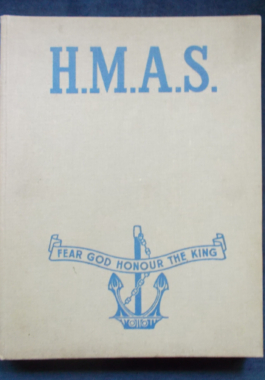 From the foreword: H.M.A.S. is the first attempt to give to the men of the Royal Australian Navy and to Australians generally, a story in some connected form, leavened by the thoughts and experiences of the actors themselves... Here is their story, told by the men themselves: war stories, funny stories, cartoons, paintings and photographs, all of which express the range of emotions these men felt and experienced. With colour plates tipped-in (as at publication), black and white sketches and photographs. A real treasure for those interested in the stories of everyday men that were not often heard. Here is the chance to listen to them tell it as it really was.
From the foreword: H.M.A.S. is the first attempt to give to the men of the Royal Australian Navy and to Australians generally, a story in some connected form, leavened by the thoughts and experiences of the actors themselves... Here is their story, told by the men themselves: war stories, funny stories, cartoons, paintings and photographs, all of which express the range of emotions these men felt and experienced. With colour plates tipped-in (as at publication), black and white sketches and photographs. A real treasure for those interested in the stories of everyday men that were not often heard. Here is the chance to listen to them tell it as it really was. -
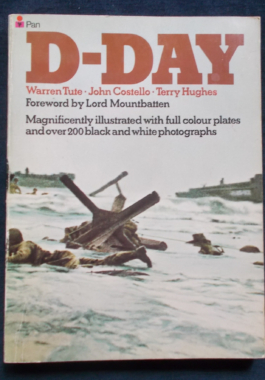 Warren Tute (1914-1989) a naval officer who took part in the Normandy landings, collaborated with historians John Costello & Terry Hughes to produce this volume book for the 30th anniversary of the D-Day landings. The book opens with a facsimile of a letter from Eisenhower to the troops and there is a foreword by Lord Mountbatten. There are the newspaper headlines of the day, cartoons, maps and fabulous colour and black and white photos - a comprehensive, pictorial study of the preparation for and the events of the epic force that was the D-Day landings of 1944.
Warren Tute (1914-1989) a naval officer who took part in the Normandy landings, collaborated with historians John Costello & Terry Hughes to produce this volume book for the 30th anniversary of the D-Day landings. The book opens with a facsimile of a letter from Eisenhower to the troops and there is a foreword by Lord Mountbatten. There are the newspaper headlines of the day, cartoons, maps and fabulous colour and black and white photos - a comprehensive, pictorial study of the preparation for and the events of the epic force that was the D-Day landings of 1944. -
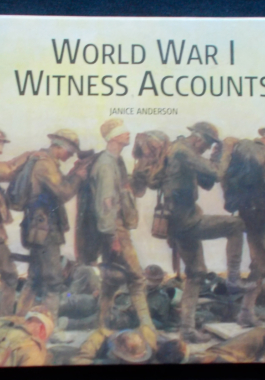 You can read history - or you can learn history from the people who lived it. This compilation of accounts of life during the First World War are from diaries and letters: from those at home, from the trenches, from men and women in the armed forces...there's even a section devoted to the modern machineries of war and what those on the front line thought of them. Here are the voices of that time and they are the ones who know what life was like then.
You can read history - or you can learn history from the people who lived it. This compilation of accounts of life during the First World War are from diaries and letters: from those at home, from the trenches, from men and women in the armed forces...there's even a section devoted to the modern machineries of war and what those on the front line thought of them. Here are the voices of that time and they are the ones who know what life was like then. -
 Published by the Dachau Museum, this book serves as a reminder of the victims of the Holocaust. It contains reproductions of official documents, anti-Semitic propoganda, photos of the camps, the prisoners and their few possessions that we callously stolen from them; letters of condolence from Camp Commandants to grieving widows, records of military personnel and so much more.
Published by the Dachau Museum, this book serves as a reminder of the victims of the Holocaust. It contains reproductions of official documents, anti-Semitic propoganda, photos of the camps, the prisoners and their few possessions that we callously stolen from them; letters of condolence from Camp Commandants to grieving widows, records of military personnel and so much more. -
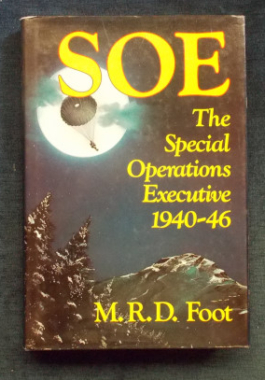
S.O.E. was a small, tough British secret service dirty-tricks department. Its job was to support and stimulate resistance in occupied countries. It was wound up after the war. Its total strength was never more than 10,000 men and 3,200 women, over a third of them secret agents - it exercised vast influence on the war all over the world. This is a readable volume on how S.O.E was created and run, the calibre of the men and women involved, what tools they used and how, when and where they used them, where they did well - and where they did badly. Illustrated with black and white photographs.
-


The Australian Army at Home and Overseas, by Some of the Boys and published by the Australian War Memorial, Canberra, 1942. Chapters include: Star Over Bethlehem; Diggers in Britain; Midnight Messiah; Purple's Pup; Arab Justice; Digger v. Doughboy and so much more. Our boys' impressions of Christmas in a cold climate and local customs as well as the American servicemen and women here in Australia. The colour plates, interestingly, are pasted in. Tales, jokes, sketches, cartoons and on-the-spot experiences a-plenty. Illustrated in colour and black and white. A treasure mine of information.
-
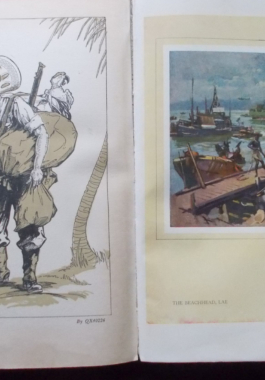
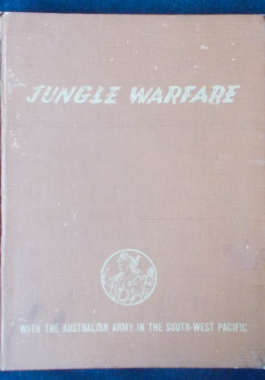
Published for the Australian Military Forces by the Australian War Memorial, Canberra, in 1944. Full of sketches, poems, colour plates and photographs, cartoons and jokes, as well as those fabulous yarns that Aussies can tell so well - and all by the service personnel who were engaged in the South West Pacific during World War II. Contributors are identified only by their service numbers...so your grandfather or great grandfather may be among the authors. Here we do not find battle statistics, plans or generals - just the down to earth Australian Diggers.
-
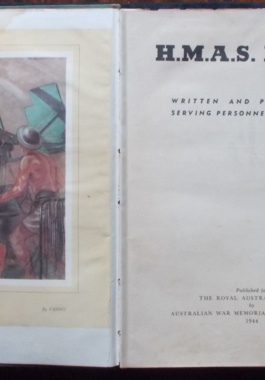
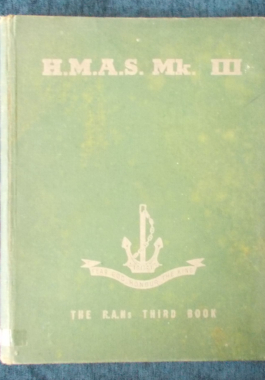
Published for the Royal Australian Navy buy the Australian War Memorial, Canberra in 1944. A book chockful of fabulous artwork, sketches, photographs, poems, writings and memoirs of the serving personnel of the Royal Australian Navy and their service in World War II - the men who were there as it all happened. A must for any real war buff. Illustrated in black and white and colour.
-
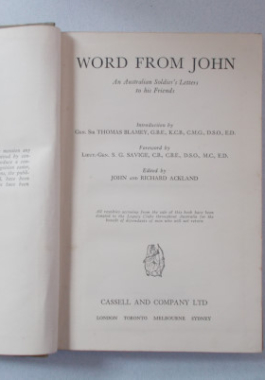
An Australian soldier's letters to his friends from World War II. When written, these letters did not mention place names other than those permitted by the censor. In order to make a continuous and intelligible narrative, these place names (now permitted) have been inserted. A rare glimpse from the war front.






